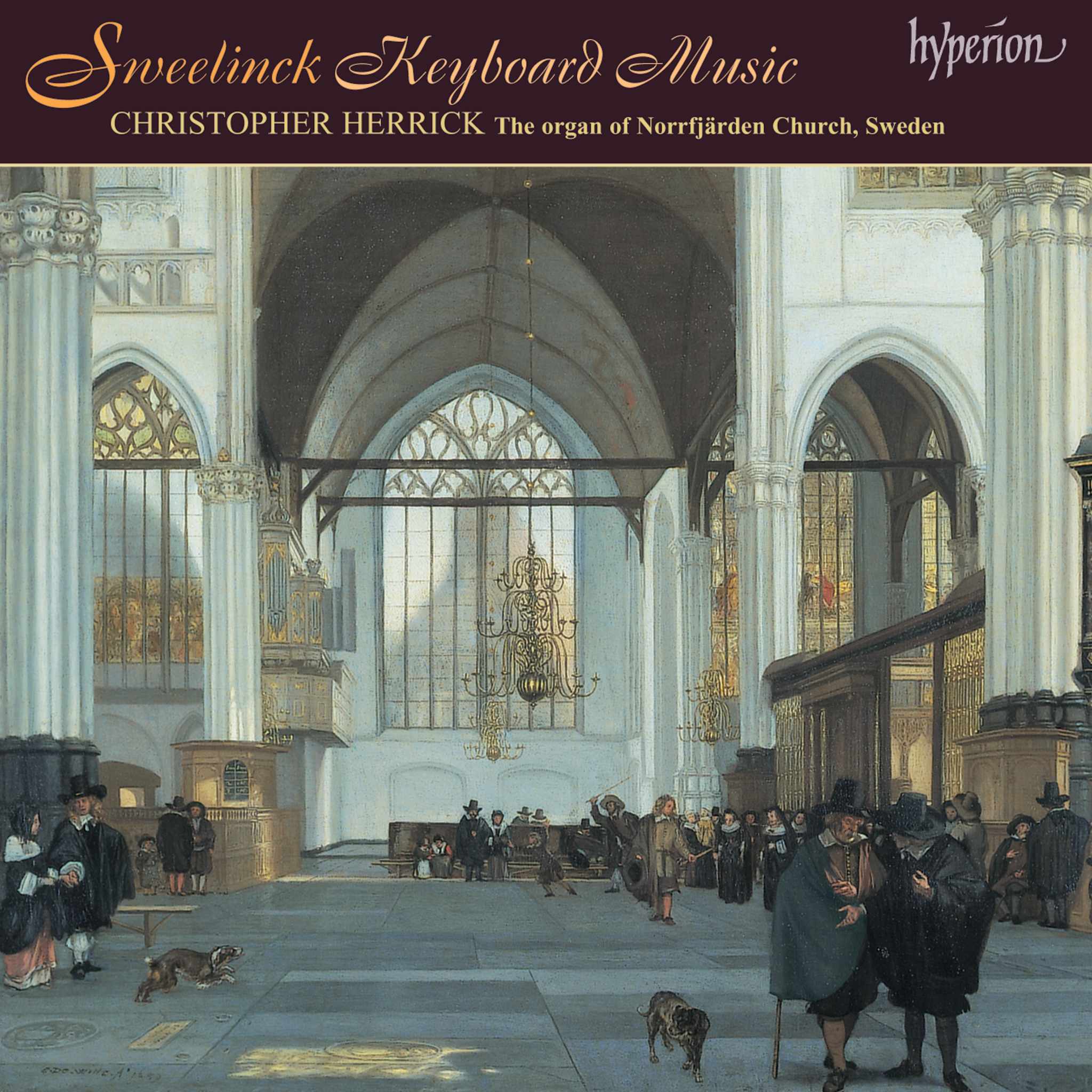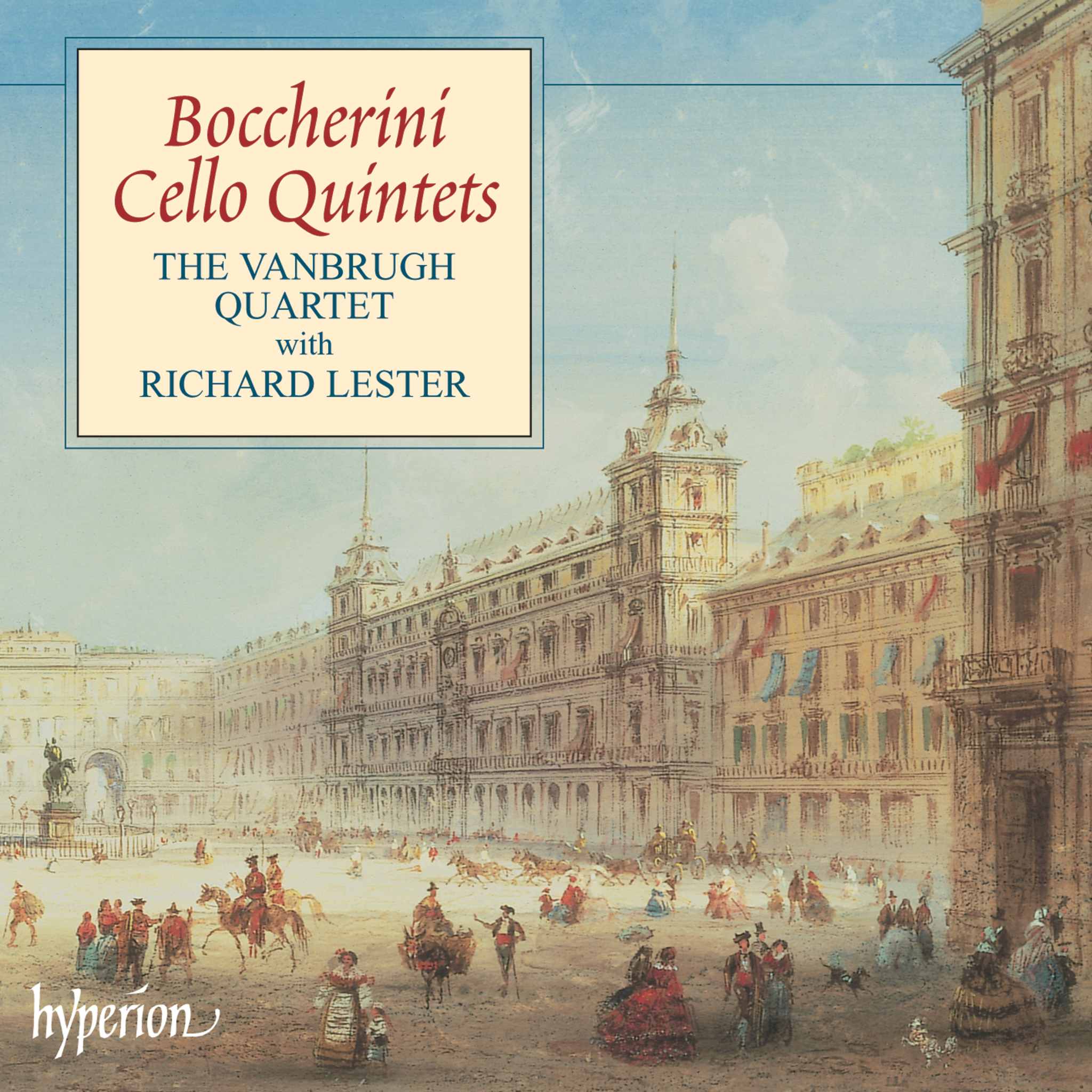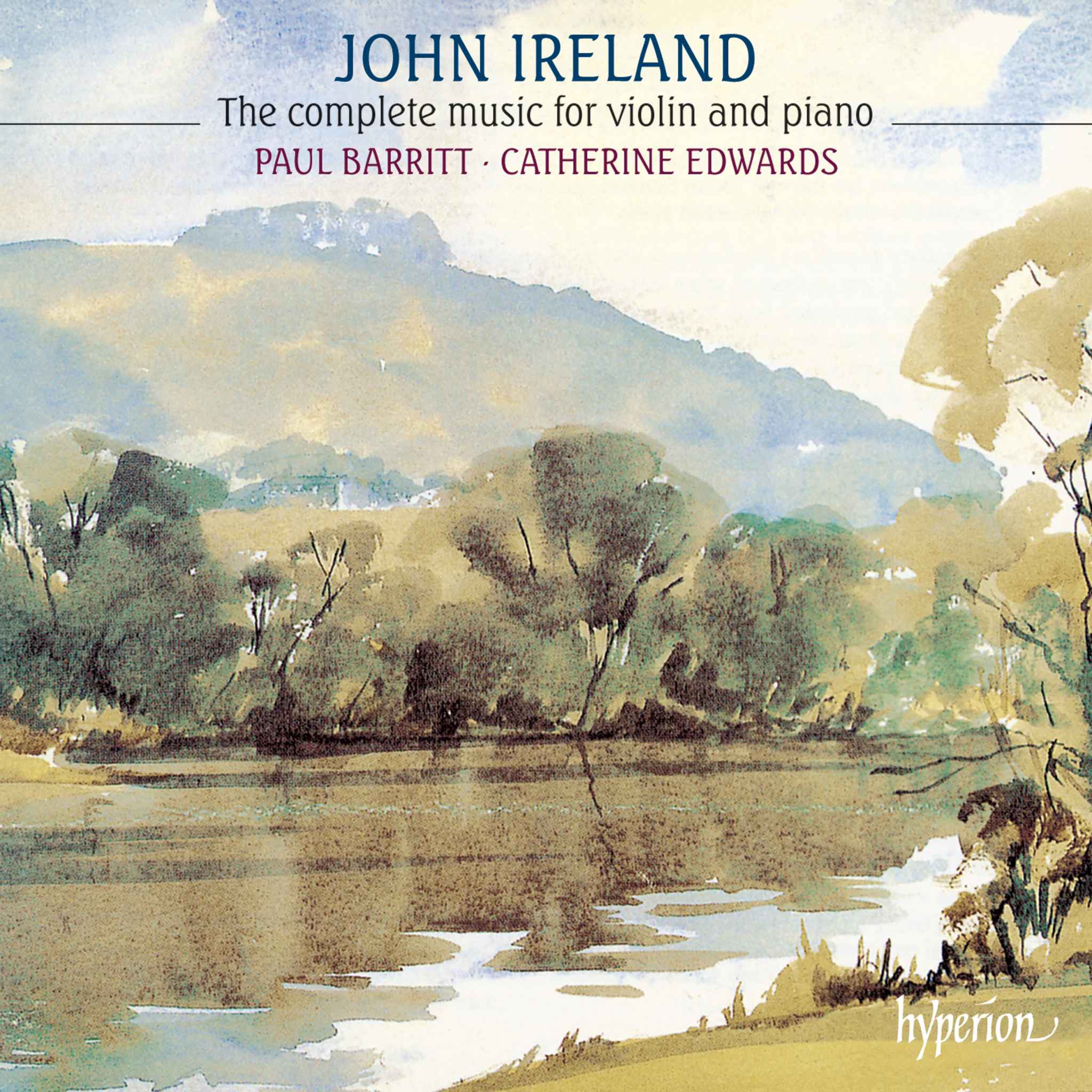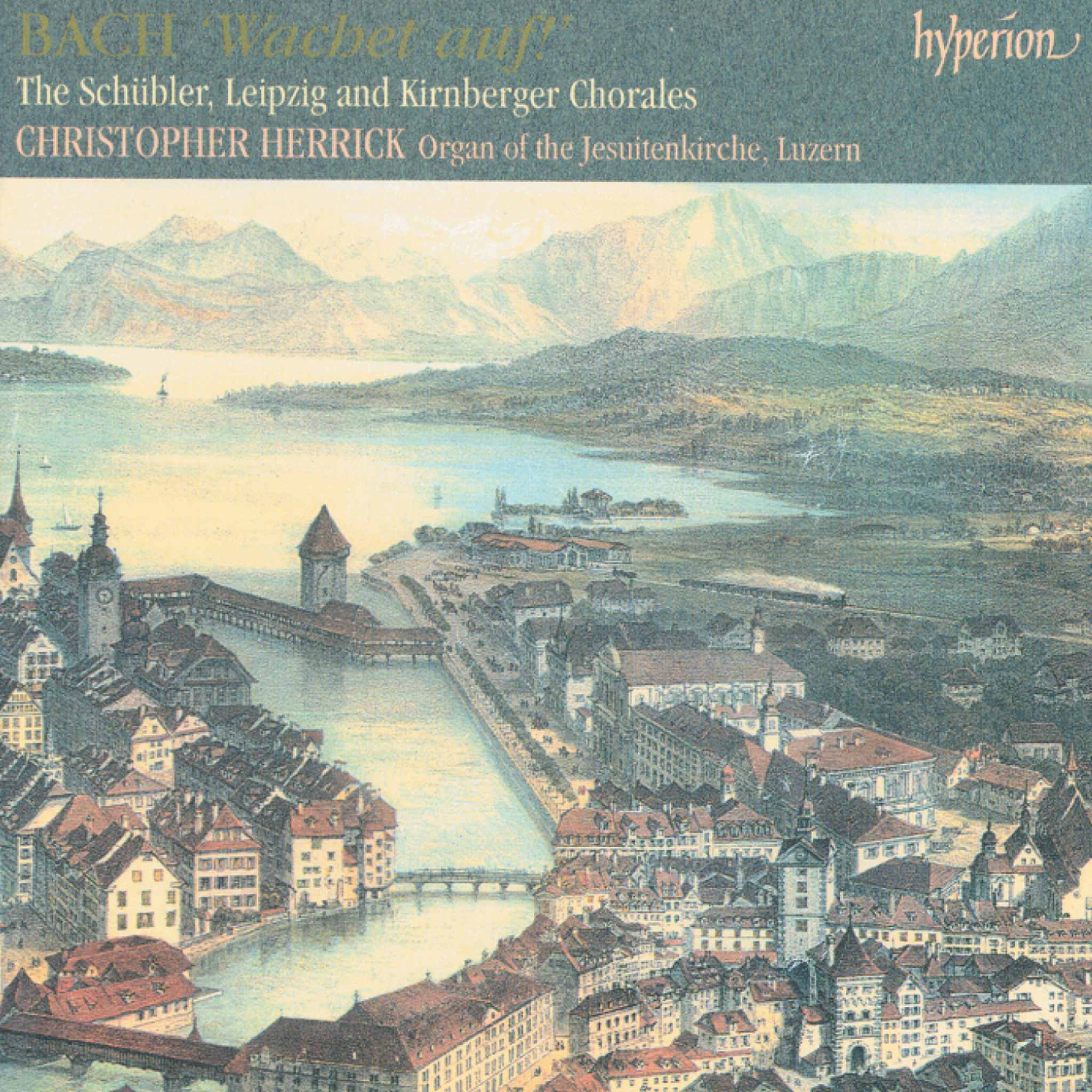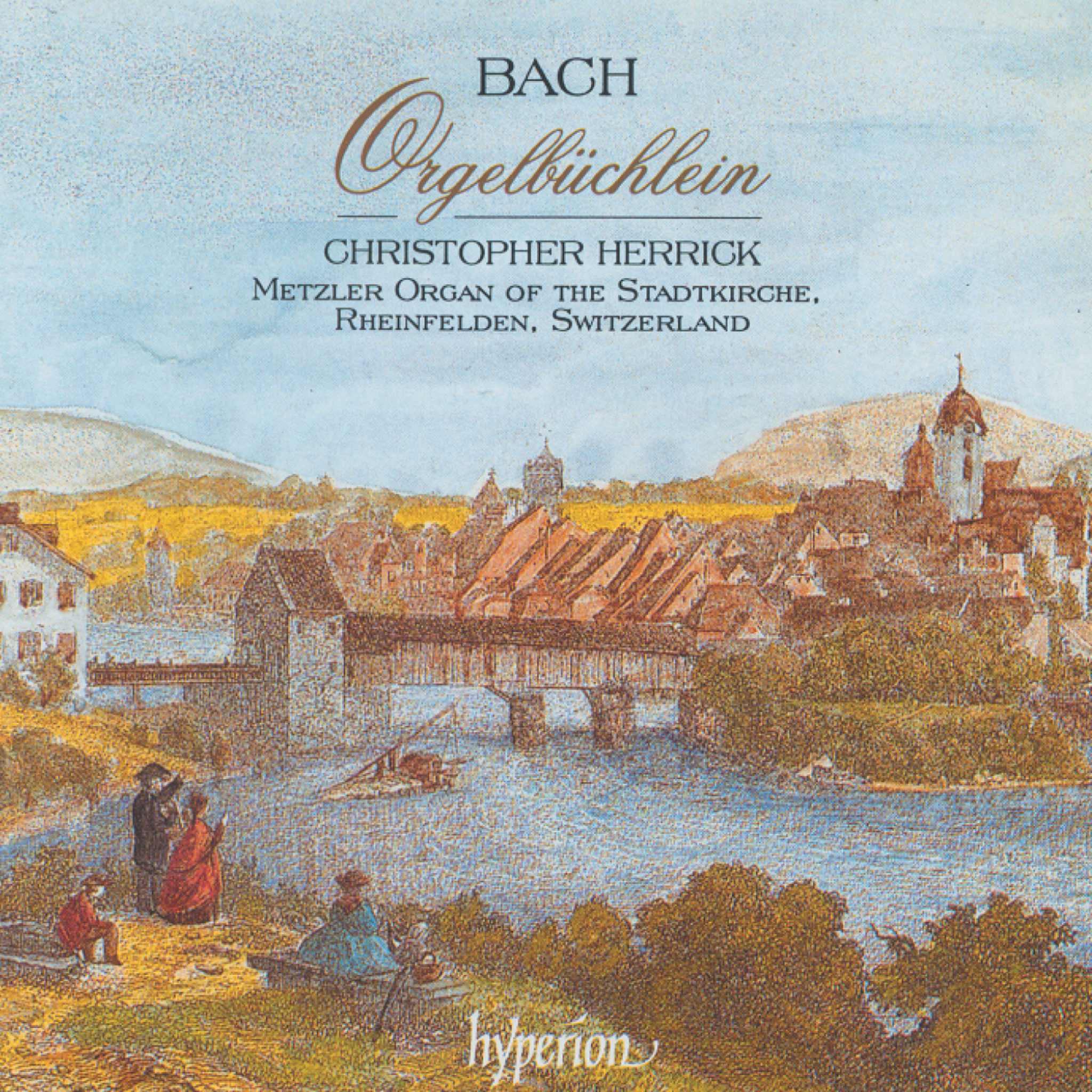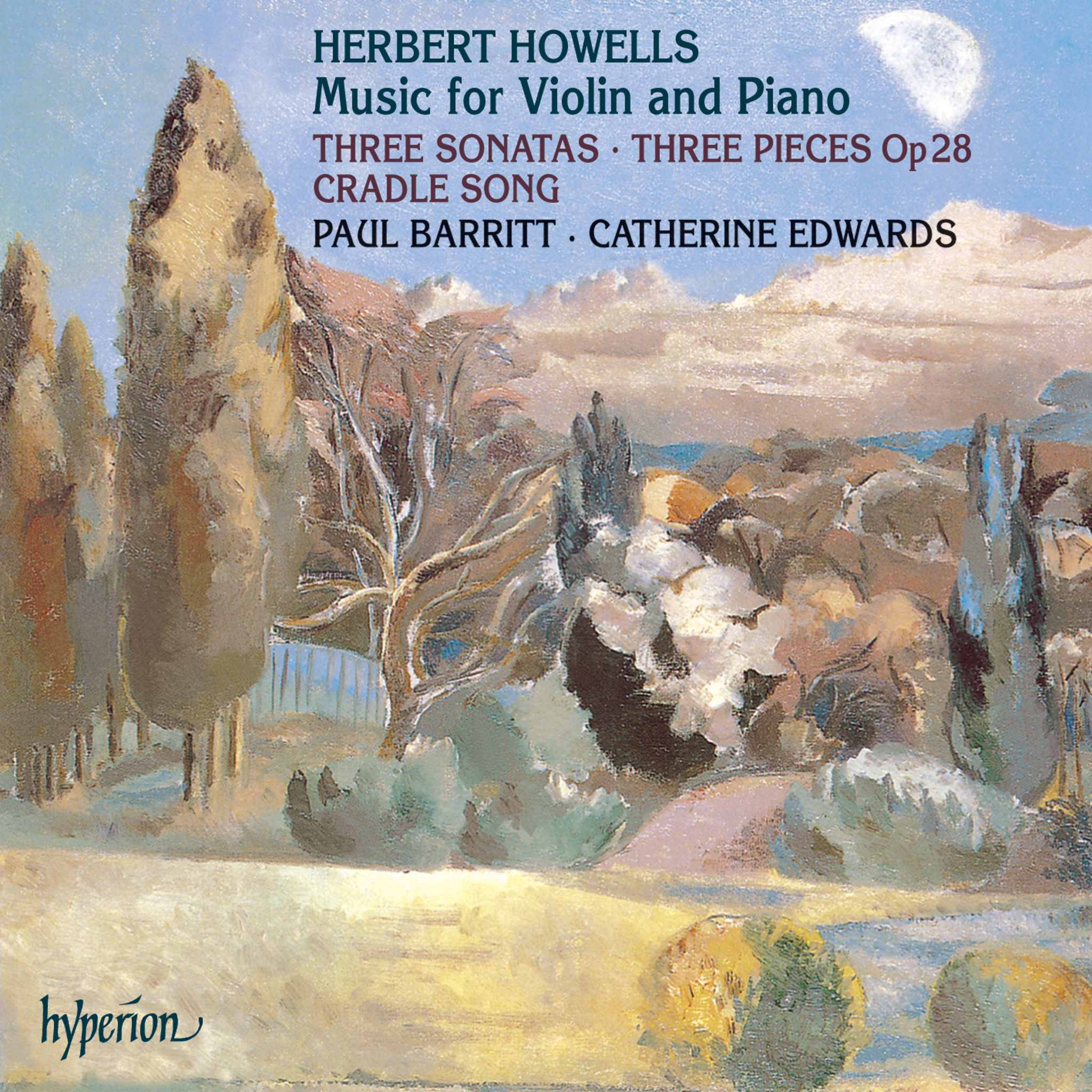Album insights
Luigi Boccherini was born on February 19, 1743, in Lucca to a cellist and double bass player. He quickly excelled as a cellist, debuting at thirteen and later traveling to Vienna with his father for positions at the court theater. After touring with violinist Filippo Manfredi from 1766, Boccherini settled in Spain in 1770, becoming a well-known figure in Madrid's music scene. Despite his patron's death in 1785, he continued to receive support from the king and worked for various prominent figures in Madrid until his death in 1805.
Comparisons between Boccherini's music and Haydn's are common due to their light-hearted charm. While they had different artistic aims and styles, both gained fame and wealth through publications rather than personal appearances. Boccherini's chamber music works, especially cello-centric compositions, were widely published, although his cello sonatas were either unpublished during his lifetime or appeared in unauthorized editions. His career was marked by collaborations with various publishers and composers, with influences reaching as far as Paris and Germany.
Boccherini's focus on chamber music, including numerous quintets and innovative instrumentations, set him apart in the classical music landscape. His cello sonatas, often regarded as valuable instructional material, continued to influence musicians, despite some considering his later works as inferior. These elegant compositions, alternating between stimulating and brilliant, have endured through various editions and adaptations over the centuries, showcasing Boccherini's enduring musical legacy and his significant contribution to classical music.




